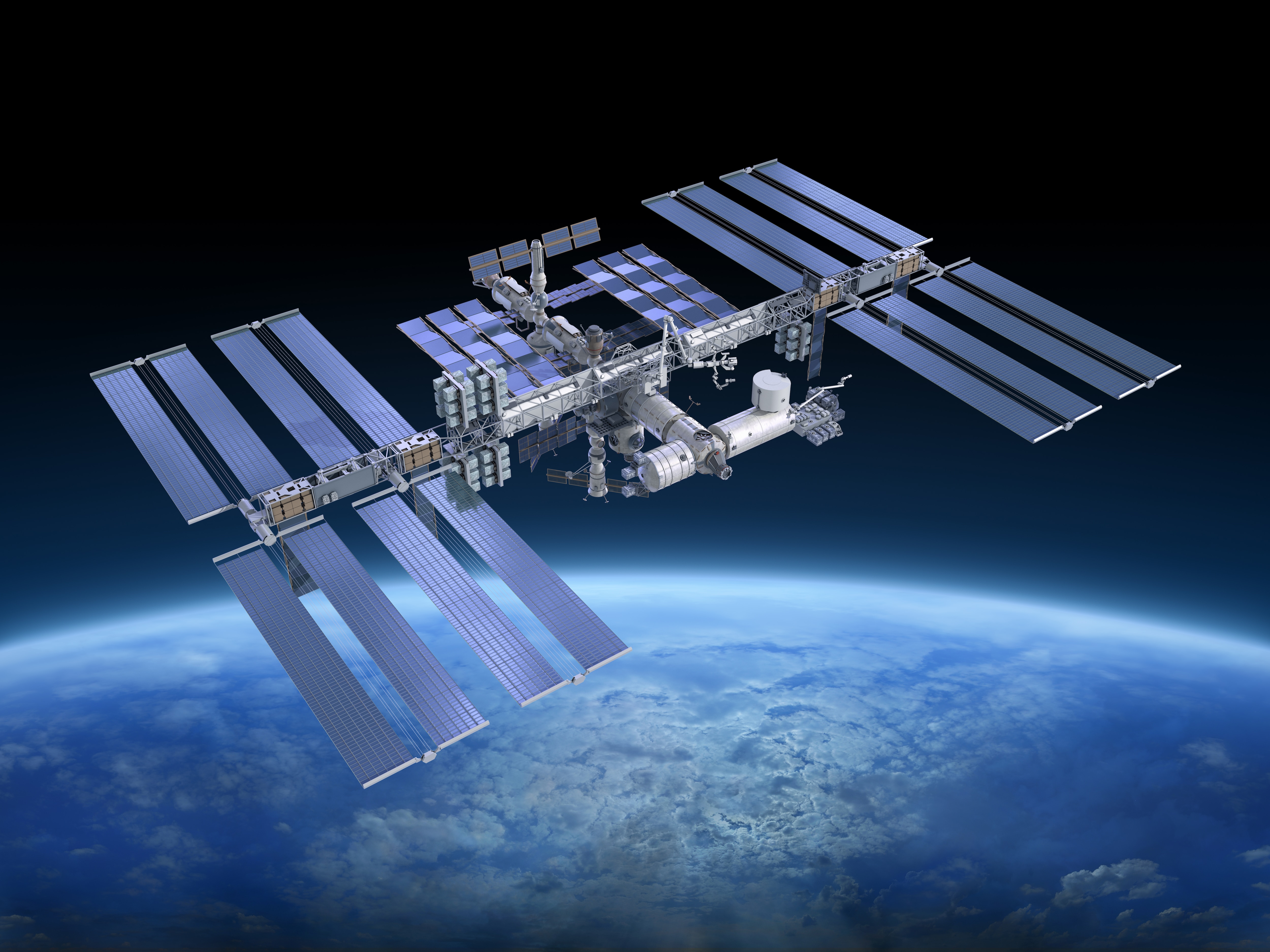Create a free profile to get unlimited access to exclusive videos, sweepstakes, and more!
NASA will be saying goodbye to the ISS by 2030, but this end is really a beginning
It's already a new era.

The International Space Station (ISS) has been orbiting Earth since 1998. Since then, we’e seen everything from spiders spinning webs in microgravity to genetic research that could revolutionize medical treatments in the future.
It might have seemed like the ISS would stay up there forever. But however amazing it has been as a floating lab, technology evolves, and so do partnerships, which is why the space station is not forever. There will be a transition to commercial operations (with NASA and other agencies buying only what they need) within the next decade. After that, it will be decommissioned and come hurtling down to Earth through the atmosphere, landing with a crash in the ocean.
This is far from tragic. There is a new era of space exploration dawning, and once we get the first boots on the moon since that last Apollo mission, there will only be more advances from there. Commercial operations above the atmosphere will enable the development of products and materials that are either extremely difficult to produce on Earth or are made far faster and with lower expenses in zero-G. Space is where previously unthinkable things could happen.
“Future modules and space stations will need to have facilities on board that are pursuant to the needs of the customer,” Patrick O’Neill, Public Affairs and Outreach Lead for the ISS National Laboratory, told SYFY WIRE. “However, the space station presently is a fantastic proving ground to validate the functionality of new facilities in low Earth orbit.”
If you have any doubts at the thought of commercial operations taking over, something you might not know is that the ISS has over 30 commercial facilities up there. Most that launched were sponsored by the ISS National Laboratory, and companies have been coming up with some out-there innovations. NanoRacks designed the oven that baked the first cookies in space, with cookie dough from DoubleTree. Made In Space has kept upgrading its recycling technology to turn trash into tech. Redwire is exploring 3D printing possibilities for lunar habitats.
Future Commercial Low Earth Orbit Destinations (CLDs) are going to have almost limitless potential, if the previews we’ve seen from projects like the Recycler are anything to go off of. Because the ISS exists, commercial entities can test their facilities and concepts in microgravity for the next 10 years, instead of being grounded on Earth and only predicting whether or not something will make it in the absence of gravity. These companies will only give more opportunities to researchers who need microgravity to carry out their experiments.
“The expectation is that these future CLDs will have similar functionality of this space station,” O’Neill said. “They will be destinations for human habitation to live and work in space, and they will enable research in low Earth orbit that cannot be replicated on Earth.”
NASA recently gave initial funding to three companies so they could design possible CLDs. NanoRacks is one of those companies, along with Northrop Grumman and Blue Origin. The success of their endeavors could mean a boost for the economy in low-Earth orbit. These companies (and eventually others) will not only transition the ISS but possibly create their own space stations for continued research and development. More companies have already partnered with NASA to build rockets and other spacecraft to take astronauts to these CLDs.
NASA has collaborated with many of the companies that will someday have CLDs beyond the ISS. Northrop Grumman rockets are always taking off form one of NASA’s launch pads. Lockheed Martin built the only spacecraft ever to land on Mars, and is already working on Mars Base Camp, a concept that will give astronauts a Martian habitat that is also a lab. The DART mission hugely contributed to by Redwire. Maxar Technologies was chosen by NASA to create a prototype of the Lunar Gateway, which will be built on Earth and tested in space.
“The ISS will be remembered as a tremendous incubator that gave companies and research institutions the ability to test their science or engineering in low Earth orbit,” O’Neill said. “It has thousands more experiments to complete before it de-orbits, and will continue to be a fantastic platform for innovation and ingenuity.”
Some of us thought NASA’s Space Shuttle was immortal, and others might not remember a time before the ISS. Technology this iconic doesn’t just vanish. What is to come will only keep flying higher.


























